Images of Wakefield and District
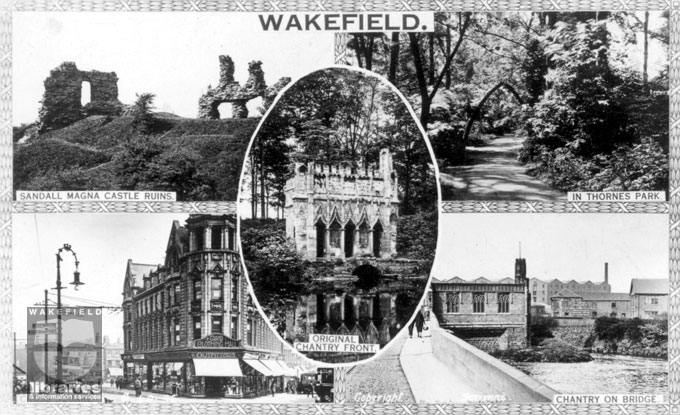
Wakefield
Most recently known as a thriving inland cloth and grain port, the medieval market town of Wakefield, became a city in 1888. The city centre hosts fine Victorian County and Town Halls. The Chantry Chapel of St Mary on Wakefield Bridge is one of the last surviving Medieval Bridge chantries, and Wakefield Cathedral, which dates back to pre-Norman times has the highest spire in Yorkshire. Other notable buildings include a restored Elizabethan schoolroom and Tammy Hall, where finished cloth products or ‘tammy’ were traded. The Battle of Wakefield was fought during the Wars of the Roses in 1490 at nearby Sandal Castle. Wakefield is also well connected to the tales of Robin Hood, and there is a good case for Robin being born here. In terms of art and culture, Wakefield’s Theatre Royal and Opera House was created by the distinguished theatre designer Frank Matcham (1854-1920) in 1894, and Wakefield’s famous literary offspring have included novelists George Gissing and more recently Thomas Armstrong. The well-known sculptress, Barbara Hepworth (1903-1975) was born in Wakefield.
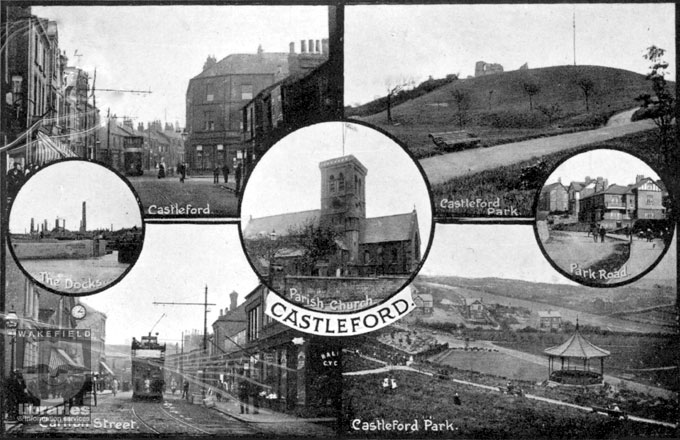
Castleford
The town of Castleford was once called Lagentium by the Romans, who built several large forts there, although it is more presently known for its proud history of coal mining and outstanding Rugby League as well as for its most famous son, sculptor Henry Moore (1898-1983). Castleford is also famous for its historic and modern industries producing quality glass, malt, confectionery, chemicals and pottery products and it is home to the world’s largest stone grinding flour mill. Situated at the confluence of the Rivers Aire and Calder, Castleford is well connected in terms of river transportation to the Aire and Calder navigation. Castleford borough received its charter in 1955 and was incorporated in to the Wakefield Metropolitan District in 1974. Most recently Castleford has hit the news with the Xscape and Freeport leisure developments on the old Glasshoughton colliery and coking works site.
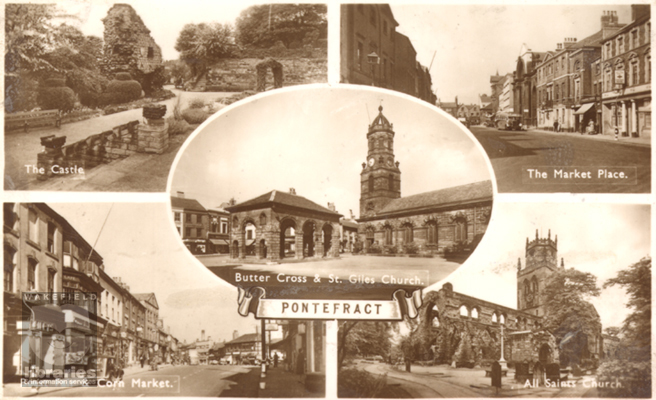
Pontefract
Pontefract’s majestic castle once played host to Richard II who died there in 1400 and after lengthy Civil War sieges when the castle was held for the king, it was largely dismantled in 1649. The castle ruin is still a significant landmark in this market town whose centre is today marked by the beautiful Parish Church of St Giles, although an earlier church exists closer to the Castle, All Saints. The town centre is marked by a fine marketplace and the Buttercross. Pontefract has a tradition of fine confectionery and the popular liquorice ‘Pontefract’ or ‘Pomfret’ Cake is its best-known product. Pontefract is one of the few places in the world where the Liquorice bush will grow with commercial success, although this practice has waned recently. The first secret ballot was held in Pontefract in 1872 and the town’s combined racecourse and Public Park still host popular race meetings several times a year.
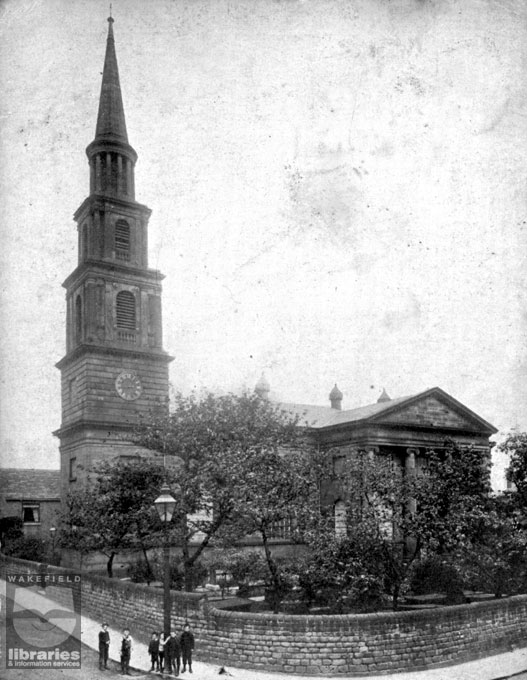
Horbury
Horbury was home to renowned architect John Carr (1723-1807) who designed and built the parish church of St Peter and St Leonard there in 1794. Together with the adjoining communities of Horbury junction and Horbury Bridge, the chief industries once included quarrying, agriculture, cloth mills and later came railway wagon manufacture. The Reverend Sabine Baring-Gould (1834-1924) wrote the well-known hymn ‘Onward Christian Soldiers’ whilst he was resident there in 1865. Horbury is known more recently as the home town of the author Stan Barstow. The town has several notable buildings other that Carr’s Italian style stone Church, there are the council offices built in 1903 and a fine Carnegie public library opened in 1906.
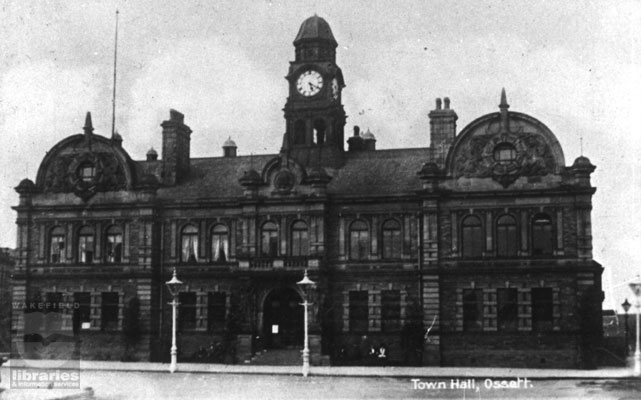
Ossett
Ossett is best known for its woollen trade links, especially to Mungo and Shoddy manufacture. Several Ossett mills were exclusively employed in making cloth for the armed forces and police as well as blankets and felts. Industries also included shock absorber manufacture, mining and agriculture and Ossett had a large railway marshalling yard for the transport of goods. It received its Royal Charter in 1890 and a magnificent town hall was opened later in 1908. The Parish Church is Holy Trinity, but there is also Christ Church covering South Ossett. Ossett still has a thriving town centre and market including a free public library and technical school, which was built in 1890 and classes in science, engineering and law were held there. This building is now Ossett Library.

Walton
The village of Walton was once home to Sir Charles Waterton (1782-1865), whose pioneering South American adventures and attitude to wildlife has caused his estate, Waterton Park to be referred to as one of the world’s first private nature reserves. Walton Hall, which lies at its centre is a mansion in surrounded by a moat and crossed by a footbridge of iron and stone. The Hall was later used as a maternity home and then became a hotel. Walton village was also a Mining community and was situated on the Barnsley canal, fragmented parts of which still survive running through the village today.

Hemsworth and Kinsley
The small market town of Hemsworth is to the south of the Wakefield District. Manor houses at Vissitt Manor and Hemsworth High Hall indicate something of the long heritage of this community, and its continued agricultural prosperity throughout the Georgian period prior to the arrival of the coal industry in the 19th and 20th Centuries. Hemsworth was first mentioned in the Domesday Book as Hamelesworde and the stone built Parish Church of St Helen dates from similar times. Hemsworth has several other notable buildings, including Holgate Hospital and Holgate Grammar School, both of which were endowed by local born man Robert Holgate, Archbishop of York in the 15th century. Close by are the small villages of Kinsley and Fitzwilliam, now best known for coal extraction, although the manor of Kinsley dates back to medieval times. In 1905, the unique ‘Kinsley Evictions’ marked an important event in the history of workers’ protest when almost an entire village of miners and their families were evicted from their homes during a long running strike.
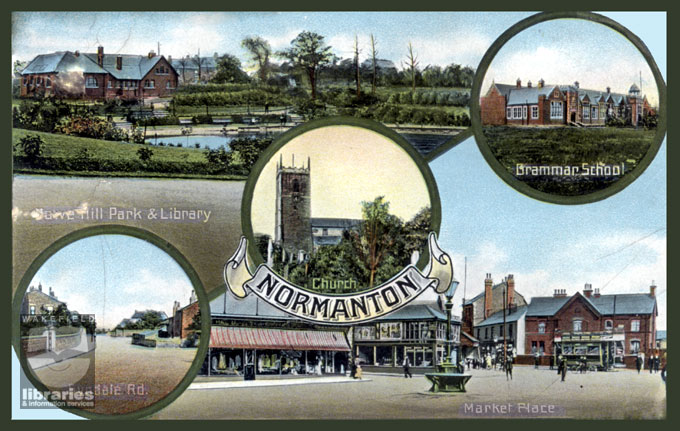
Normanton, Stanley and Altofts
Coal mining dominates this area of the Wakefield district. The town of Normanton, which is mentioned in the Domesday Book, hosts the Parish Church of All Saints, which dates back to the 14th Century. The church houses many monuments to local families and the font dates back to 1662. Normanton town hall was built in 1889 after the Normanton local board had been instituted in 1872. Newland Hall, close by, was a preceptory of the Knights hospitallers and was founded at the time of King John. The village of Altofts was the birthplace of Elizabethan privateer Sir Martin Frobisher (c.1535-1594) and at Stanley Ferry a huge iron aqueduct carries the Aire and Calder Navigation over the River Calder.
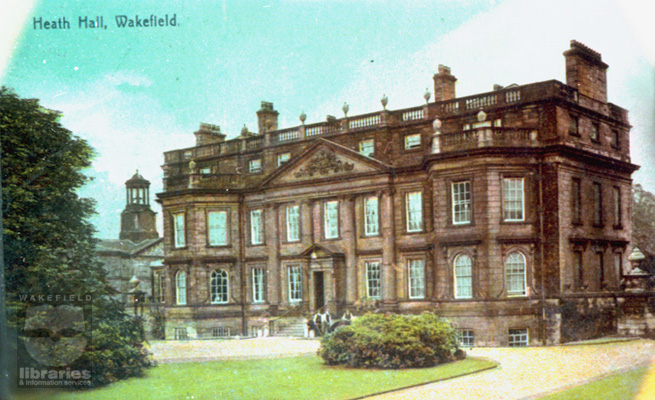
Heath Kirkthorpe Warmfield
The small communities of Heath, Warmfield and Kirkthorpe and houses at Horse Race End scattered along the main road from Wakefield to Normanton adjacent to Heath Common have a great deal of heritage belied by their size. The medieval Parish Church of St Peter is at Kirkthorpe as is the Almshouse endowed by John Freeston in 1594. Heath has both an old and a new hall, the former once home to Lady Mary Bolles and in the early 19th century to a group of Benedictine nuns fleeing the French Revolution. Heath Hall, formerly known as Eshald House still stands in the village and has recently been restored. The houses in Heath are mostly known by name, not number, such as Womack house, Beech lawn or Dower house and one of the Public houses, Cheesecake Inn, now long since closed, was visited by Dick Turpin once upon a time.
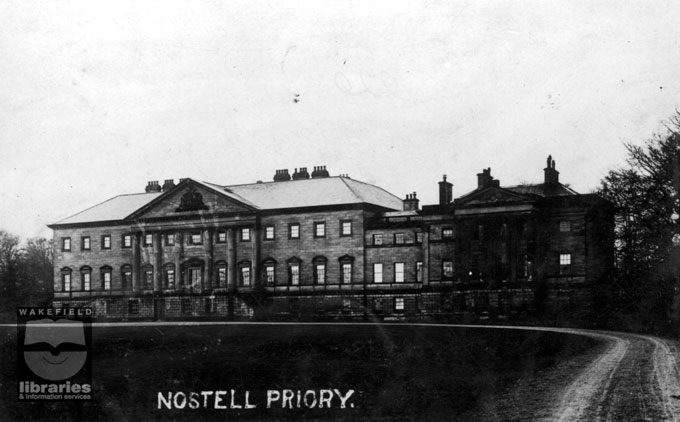
Nostell
Nostell, and the surrounding villages of Huntwick, Foulby, and Wragby lie to the south of Wakefield. The estate of Nostell Priory, once an Augustinian priory dedicated to St Oswald is now the site of an 18th Century Palladian mansion, Nostell Priory, which was built for the Winn Family who were created the Lords St Oswald in the 1880s. Wragby Church of St Michael and Our Lady, with parish registers dating back to 1538, stands within the Nostell Estate. Foulby is best known as the one time home of John Harrison (1693-1776) who built the first clock that kept true time at sea and enabled sailors for the first time to accurately measure their longitudinal position.
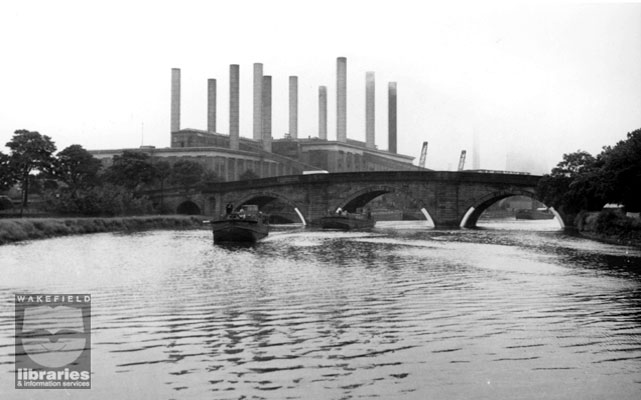
Knottingley and Ferrybridge
The adjoining communities of Knottingley and Ferrybridge are known in recent times for their coal mining heritage and for the huge power stations of Ferrybridge A, B and C which since the 1920s have successively dominated the skyline at the eastern reach of Ferrybridge. In both communities, which are situated alongside the River Aire and the Aire and Calder Navigation, a surprising variety of industry has been conducted over the years including glass and chemicals manufacture, iron-founding, pottery, agriculture and a very productive shipyard and fleet of shipping. Ferrybridge St Andrews Parish Church and Knottingley St Botolph’s Parish Church have both served their respective communities for many centuries and other notable buildings include the bridge at Ferrybridge built in 1797, designed by John Carr of Horbury and Knottingley town hall, which was built in 1865. Knottingley’s most famous son is Ben Thompson, who with his brother Billy emigrated to the American ‘wild’ West and became a gunfighter and lawman and friend of ‘Wild’ Bill Hickok.
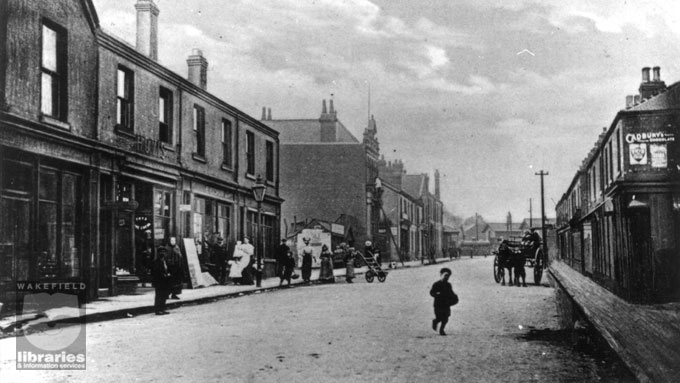
Featherstone
The town of Featherstone is most famous today for its Rugby league team Featherstone Rovers. The main industries in the town have traditionally clustered around agriculture and Coal Mining at the Ackton Hall and Featherstone Main collieries. The Featherstone disturbance, which some have called a ‘massacre’ took place on the 7th September 1893 where after a lockout at Ackton Hall colliery a group of protesting miners were fired upon by government troops. Eighteen men were hit and two later died of their wounds. Notable buildings in Featherstone also include the Parish Church of All Saints with its 5 bells one of which dates from 1146, and Parish Registers dating back to 1558. The town’s fine public baths opened in 1910.

